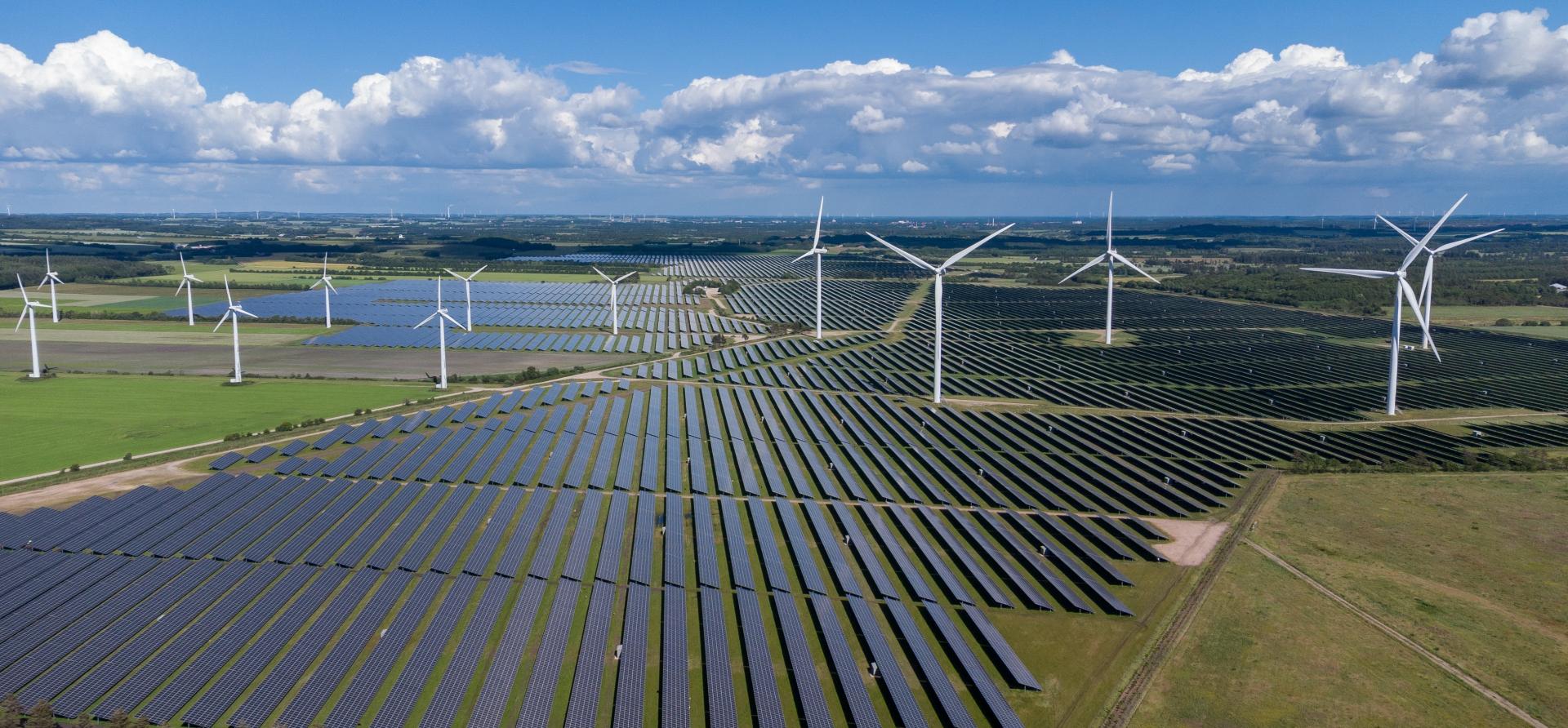Europe's clean power leaders: How green financing is enabling renewable growth
Download Full Report
View Press Release

Key Findings
Europe’s advanced utilities have demonstrated a track record of green bond issuance to fund their successful renewable energy buildout and transition progress.
12 key green bond issuers in Europe’s power sector have applied sustainable financing frameworks that show some degree of preparedness to align with the upcoming European Green Bond Standard (EUGBS).
Most of the 12 utilities have consistently reported on their green bond allocations and impacts with varied degrees of external assurance.
Additional transparency and alignment efforts are required; in IEEFA’s view, utilities can benefit from EUGBS-aligned issuances by showing credibility and coherence with their renewable energy strategy and transition plans.
Executive Summary
This report studies Europe’s electric power generation sector, given the significant role it must play in the energy transition towards a more sustainable economy. Green bond issuance among Europe’s electric utilities has risen strongly; growth momentum will likely continue on the back of European Union renewable energy targets. Long-term green bond supply is underpinned by ample projects and investment needs for the net-zero transition.
The 12 European power utilities under this study are among the largest green bond issuers in the sector. IEEFA assesses the quality of their green bond instruments at pre- and post-issuance and reviews how they can leverage the upcoming European Green Bond Standard (EUGBS) to reflect a better management of transition risk.
All utilities have published robust, externally reviewed green financing frameworks that govern their green bond issuances. One benefit of the EUGBS comes from the clarity of science-based use-of-proceeds criteria, with which most of the utilities show a strong intention to align. In IEEFA’s view, it is not overly costly for European utilities to enhance their reporting capacity and adhere to the EUGBS; this can benefit them by displaying more comprehensive commitments and credible capital expenditure pipelines, thereby exhibiting lower transition risk.
European power utilities have published regular post-issuance reporting as promised. Their efforts in displaying timely allocation and impacts have shown a generally robust level of corporate governance and risk management. Some advanced players have quantified their impacts by exhibiting meaningful additional renewable energy capacity and annual renewable generation attributable to green financing, although impact reporting comparability remains a challenge. Advanced players—usually illustrated by high readiness to adopt the EUGBS and a high proportion of green financing in their capital structure—may lower their transition risk through another pillar: green asset delivery.
This report also studies a selection of advanced players that are leaders in terms of energy transition progress, due to either their almost entirely renewable capacity mix, their ambitions towards net-zero emissions or their firm commitment to a fossil fuel exit date. Statkraft, Ørsted, Iberdrola and EDP stand out from the pack. However, this selection is partial and certainly not exhaustive in terms of energy transition achievements.
















